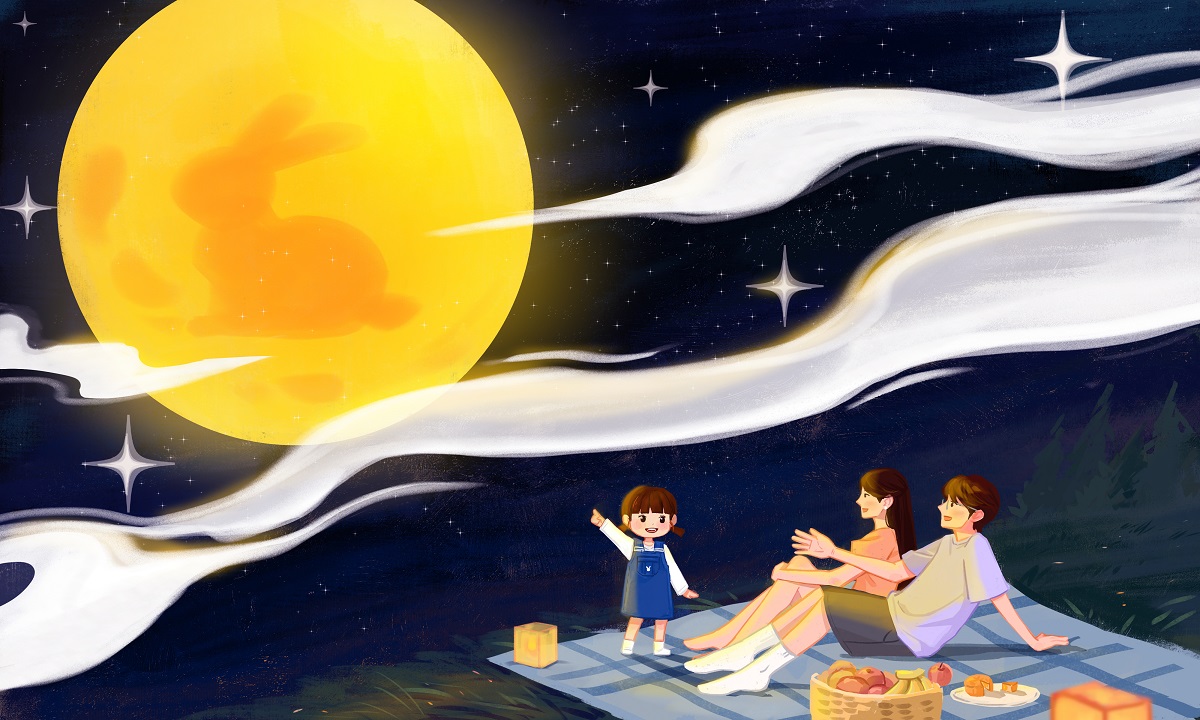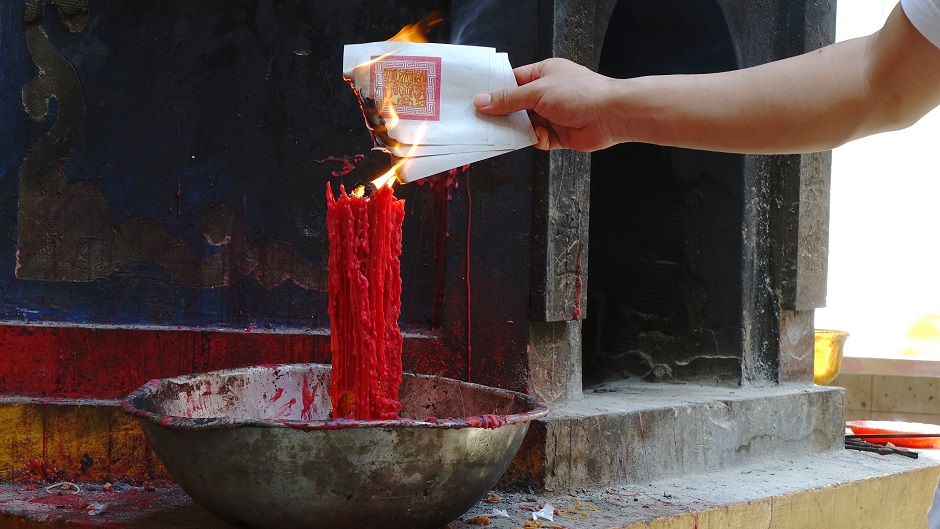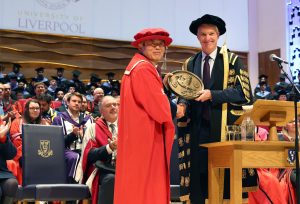07 Sep 2022
What is the festival that derives from moon worship in China? It must be the Mid-Autumn Festival, which takes place on the 15th day of the eighth month in the lunar calendar. This year, it falls on 10 September.
Fly me to the moon
“Originally, the festival had a quasi-religious connotation,” says Dr Paweł Zygadło, Associate Professor at XJTLU’s Department of China Studies.

Rooted in the celestial phenomena, the Mid-Autumn Festival evolved from the worship of the “Moon God” on the eve of autumn in ancient times. The moon worship normally takes place at the autumnal equinox of the 24 solar terms, and the festival stems from the traditional Autumnal Equinox Moon Festival.
The Mid-Autumn Festival is also linked to the legend of Chang’e flying to the moon, says Dr Zygadło.
According to the tale, Hou Yi, a brave archer, was rewarded with the elixir of immortality for shooting down nine of the 10 suns that caused permanent drought. However, Feng Meng, Hou Yi’s apprentice, tried to steal the elixir. Chang’e, Hou Yi’s wife, stopped him by drinking the potion herself. She then ascended to the moon and settled there eternally.

To pay tribute to Chang’e, the villagers prepared food in their courtyard that she loved to eat and wished her well from afar. From then on, every 15th day of the eighth month became the Mid-Autumn Festival. People began worshipping Chang’e as the moon goddess and looking forward to family reunion.
Everything about mooncakes
“Despite the legends, this festival is mostly about family reunions and friend gatherings, with consuming mooncakes as a tangible sign of this desired unity,” Dr Zygadło says.
Having lived in China for seven years, he has witnessed how the local Chinese people celebrate this festival: “Buying mooncakes is an indispensable part of every year’s celebration. People prepare boxes of this delicacy for their families, friends, co-workers and more. If time allows, they gather for dinner and spend some time together.”
Mooncakes were first introduced by the revolutionaries during the Yuan Dynasty to conceal and transmit messages. They passed around information in the pastries to rebel against the Mongol Empire. It was only during the Ming Dynasty that mooncakes became a popular bakery product. The legend of Chang’e was imprinted on the surface as a form of food art at that time. In the Qing Dynasty, eating mooncakes became a tradition during the festival.

Nowadays, the roundness of mooncakes symbolises unity and harmony (Yuánmǎn in Chinese). People can choose from a wide variety of flavours, such as salted egg yolk and red bean. During the festival, Chinese people share mooncakes with family and friends. “People enjoy the mooncakes and pray for health and happiness,” says Dr Zygadło.
A slice of Chinese culture
With the development of globalisation, the younger generation has shifted from celebrating traditional Chinese festivals to international festivals such as Christmas and Valentine’s Day. Dr Zygadło points out that in contemporary Chinese culture, the festival has become formalistic.
“We should be aware that it has become a more secular and customary event, with people purchasing expensive and fancy mooncakes for their families and superiors. Every tradition evolves and adjusts to the changing socio-historical environment. The Mid-Autumn Festival is not an exception.”
However, he is still optimistic about the future of the festival. “The change does not need annihilation. The festival still plays a significant role in strengthening social ties and preserving cultural identity.”
Given that the festival is now not only celebrated by local Chinese but also among the overseas Chinese people, Dr Zygadło believes that it will remain a vital part of Chinese cultural heritage.
“Practising customs related to the festival is the best form of protecting cultural heritage, as authentic cultural experience comes from practice and not from elaborated theories and officially sponsored events.
“The Mid-Autumn Festival is one of those days without which the Chinese calendar can hardly be imagined. It marks a time of passage from one season of the year into another. It also signifies the reinforcement of social ties and a sense of belonging. It is an indispensable sign of its vitality and a symbol that allows for preserving this vitality.”

The Mid-Autumn Festival is also part of Dr Zygadło’s China experience. “For us, it is a mooncake-eating day and a chance to experience authentic Chinese culture. I see the festival, which is celebrated across the country, as a sign of the vitality of Chinese tradition and customs,” he says. “Enjoy mooncakes!”
07 Sep 2022
RELATED NEWS

Explainer: Winter Solstice - as much festivity as Spring Festival
The winter solstice, or the longest night of the year, has been celebrated by various cultures throughout history. This year, the celebration, known as Dongz...
Learn more

Explainer: Everything you need to know about Dragon Boat Festival
Traditionally, Dragon Boat Festival takes place on the fifth day of the fifth lunar month. This year the festival, also known as Duan Wu Jie (端午节), falls ...
Learn more

Explainer: Qingming Festival – China’s annual tomb sweeping day
Today millions of people in China will return to the land of their ancestors for the annual Qingming Festival, one of the most important cultural festivals f...
Learn more







